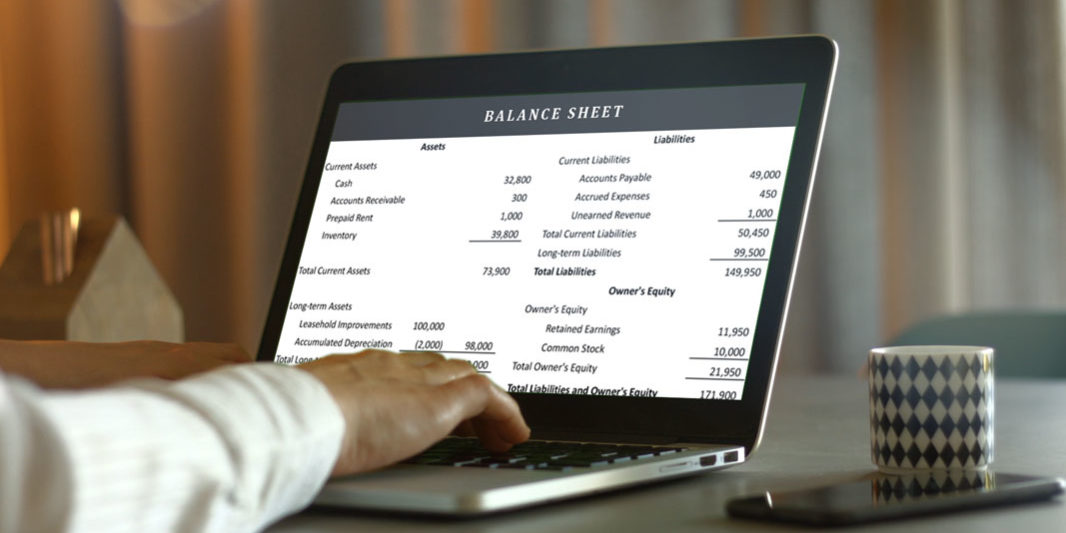Turnover ratios can refer to the percentage of a portfolio’s equities that are replenished in a fiscal period, or the time it takes a business to sell goods it has acquired. There are several types of turnover ratios, including.
The turnover ratios or inter-statement ratios represent the quantity of any assets or liabilities used by a business entity to generate revenue through sales. The concept of turnover ratio is useful in determining the efficiency with which a business utilizes its assets.
The following ratios are called Turnover Ratios or inter-Statement Ratios.
- Debtors’ velocity ratio
- Creditors Velocity Ratio
- Sales to inventory
- Sales to total assets
- Sales to Receivables
- Fixed Asset Turnover Ratio
- Capital employed turnover Ratio
Debtors Velocity ratio:
Debtors Velocity ratio or Receivables turnover ratio can be calculated by dividing the net value of credit sales during a given period by the average accounts receivable during the same period. The reason net credit sales are used instead of net sales is that only credit sales establish a receivable and cash sales do not create receivables. Hence cash sales are left out for calculation of sales to receivables. The ratio is used to measure how effective a company is in extending credit as well as collecting debts. Debtors Velocity ratio reflects the quality of credit sales and receivables. It is calculated by;
Debtors Velocity Ratio = Average outstanding of Receivable ÷ Credit sales per day
(The rate can also be expressed in weeks or months)
Since receivable are often posted as collateral for loans, quality of receivables is important. The quick collection rate improves liquidity position of the company. For instance, if a company is collecting money from customers every six months in a year, the velocity ratio is 2 and if the company is able to collect money from customers every three months in a year, the ratio is 4. Thus the higher ratios mean that companies are collecting their receivables more frequently throughout the year compared to a company with a lower ratio. The time period taken for the collection of receivables is of great interest in evaluating working capital on cash flow standpoint, the higher ratio indicates more rapid collection and greater liquidity of receivables.
1.Creditors Velocity Ratio:
The Creditors velocity ratio is also known as creditors’ turnover which reflects the average payment period enjoyed by the entity which includes creditors for goods or bills payables
Creditors Velocity Ratio= Average outstanding of Payables÷ Credit Purchases per day
Here, high credit period is indication of either because of company’s reputation of prompt payment or because of forced credit which has to be probed by the lenders. The Credit velocity ratio is of great interest in evaluating working capital requirement on cash flow standpoint.
Sales to inventory or Inventory Turnover Ratio:
Sales to inventory or stock turnover ratio which is used to measure the number of sales generated from its inventory. Formula for inventory turnover ratio is
Inventory Turnover Ratio = Cost of Goods Sold / Average inventory holding
or
Inventory Turnover Ratio= Net annual Sales / Average inventory holding
This ratio shows the quality of inventory turnover. The higher ratio indicates more rapid movement of inventory and greater liquidity of receivables.
Total Asset Turnover Ratio:
The total asset turnover ratio is a ratio which determines the connection between the sales and the total asset of a company. It checks for the efficiency with which the company’s all assets are utilized to earn revenue. The formula for
Total Asset Turnover Ratio = Sales (Net Sales) / Total Assets of the Company
This method is a rough measure for the efficient use of funds.
Accounts Receivable to Sales Ratio
The Accounts Receivable to Sales Ratio determines how much of the company’s sales occur on credit. It also points out how much a company’s reliance on cash. The method of computation of account receivables to sales is
Account Receivable to sales= Accounts receivables/Sales
Here, Sales includes both sales on credit and cash sales found on the income statement.
Larger ‘Account Receivable to sales’ indicates that the company is running low on cash due to the lack of cash sales in the business cycle. A company that is able to run with little cash must be of very small fixed costs or a low amount of debt in its capital structure can only afford larger percentage of credit sales. The chances are more that a company having larger percentage of sales on credit basis may come across the financial difficulties during slow sales cycles in the absence of adequate cash cushion.
Fixed Asset Turnover Ratio:
The optimization of fixed assets use of a company is important in revenue generation. The fixed asset turnover ratio is an indication whether the fixed assets are used in proper direction to generate revenue. The formula for
Fixed Asset Turnover Ratio = Sales or Net Sales / Fixed Assets
Capital employed turnover Ratio:
Capital employed turnover Ratio reflects whether the capital is used in a proper direction to generate revenue or not. The formulae for Capital employed turnover Ratio is;
Capital employed turnover Ratio = Sales / Capital Employed.






